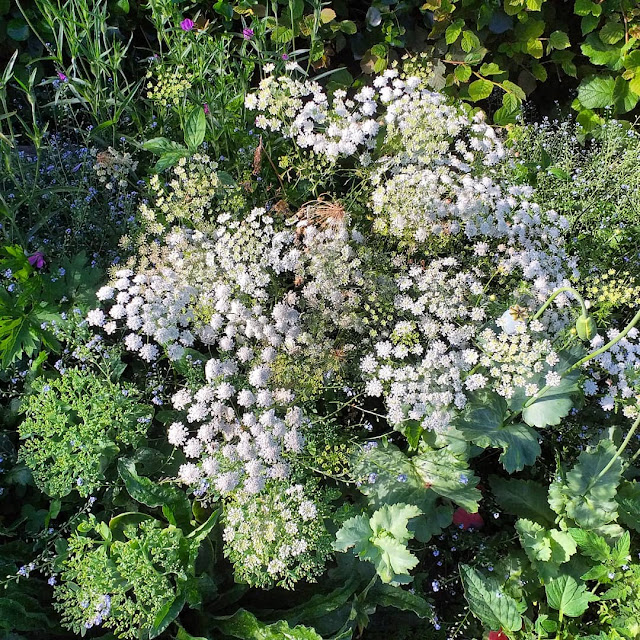Visualising Your Garden Design
When we begin shaping a new garden, it can sometimes be hard to picture how everything will come together — where the paths will lead, how tall the planting will grow, or how light will move through the space. That’s where rendered imagery comes in.
At Chew Gardens, we can use visuals and concept renders to help you see your garden before we even pick up a spade. These images don’t just show what’s possible — they help us explore different ideas, materials, and planting styles so we can find what feels right for you and your space.
Bringing Ideas to Life
A rendered image turns a 2D plan into something tangible. You can see how reclaimed sleepers might frame a terrace, how a naturalistic border softens the edge of a lawn, or how a wild meadow might blend with existing trees. It’s a chance to walk through your future garden visually — to notice the balance of open space and planting, the rhythm of textures, and the mood of the overall design.
Inspiring the Process
Design is rarely a straight line. Sometimes a rendered image sparks a new idea — perhaps we realise a curved path works better than a straight one, or that a bay tree provides the perfect natural screen from a neighbour’s window. The visuals become a shared tool for discussion and refinement, helping the garden evolve naturally rather than being forced into a rigid plan.
From Image to Landscape
These renders also help bridge the gap between imagination and construction. They guide us in sourcing materials, choosing plant combinations, and planning how each area of the garden will develop over time. Whether we’re building a new seating area, establishing a wildflower meadow, or adding layered planting, the visuals give us a shared vision to work from.
In the end, a good render is more than just a picture — it’s a glimpse into the garden’s future. It helps us capture the feeling of what we’re creating together: a landscaped space that feels alive, rooted in nature, and uniquely yours.



